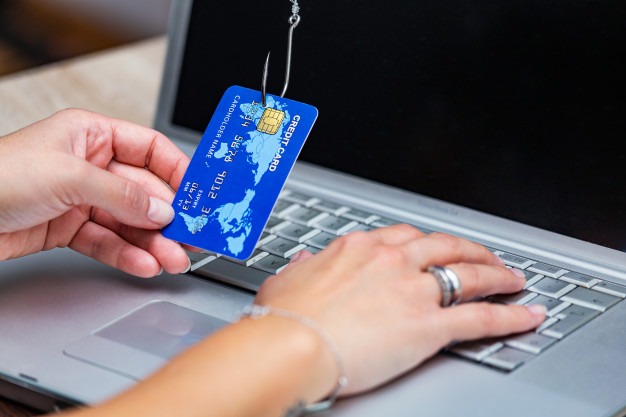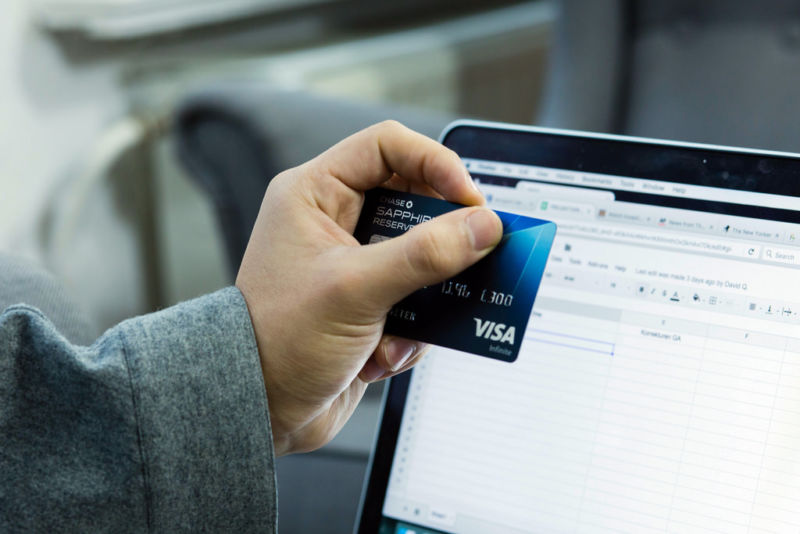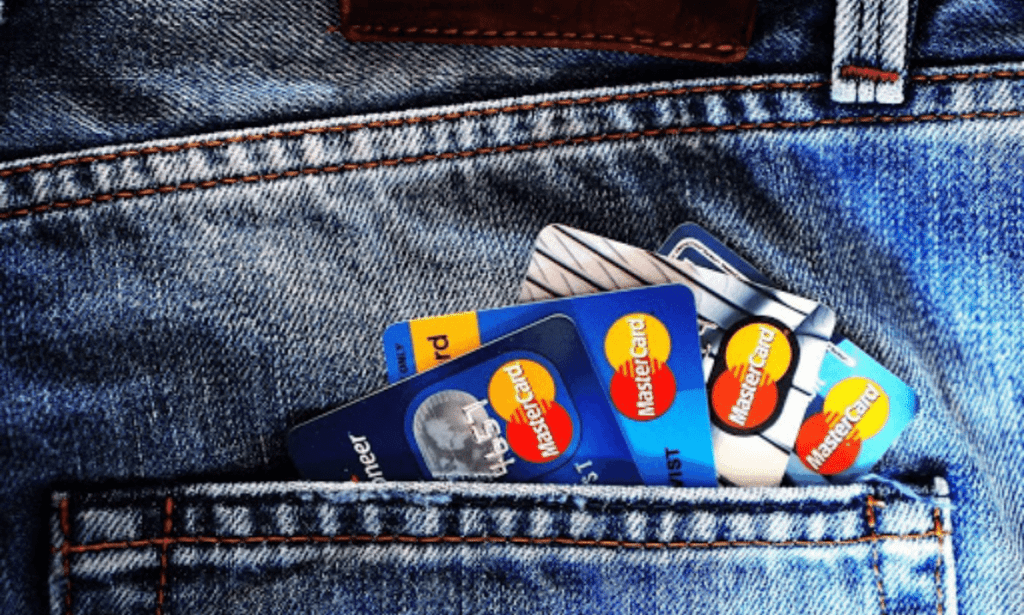Credit card usage is currently at an all-time high, and nefarious individuals that want to steal your credit card data are also increasing with time. The threat is as real as it gets, and numerous reports have shown that credit card data theft is growing at a rate that is directly proportional to the increase of technology that’s meant to protect financial data. This shows one thing, the traditional means of protecting financial data is not effective.
Cyber-thieves are getting more sophisticated, and unlike the early years of the introduction of the credit card when it was practically impossible to steal your credit card data without getting close to you. Your data can now be stolen from nations away if you’re not vigilant.
Want to know how cybercriminals steal data, and ways to prevent it? Then keep reading as we’ll elucidate more below.

Installing viruses or malware
What harm can be done by downloading a simple file from the internet? A whole lot. Hackers have designed programs that can sit on your computer when you download e-mail attachments and other files from the internet. These files are malware or viruses that are designed to intercept information on your computer and send that information to individuals with some cynical motives. There have been reported cases of hackers sending fake software update notifications as bait to install software that capture the keystroke or takes screenshots of users and sends them to credit card thieves.
Due to these activities, cybersecurity experts believe that every computer should have an effective VPN (Virtual Private Network). With a VPN, your data is protected. VPNs are designed to encrypt the information that your computer sends and receives, making it out of reach of cyber-thieves.
Card skimming
Another way cybercriminals steal credit card data is through credit card skimming. In this method, crooks steal the credit card information on your card through a small device during a legal transaction. This small device is called a skimmer, and it is built to capture and store information on the magnetic stripe of your credit card anytime you swipe to make a transaction. These crooks use your data to clone your credit card or to make a purchase on the internet.
Thankfully, most financial institutions have policies in place to detect fraudulent transactions and may not permit the transaction till you verify the authenticity. You also need to monitor the transactions that occur on your account regularly and notify your credit card issuer or bank of any suspicious charges.
Hacking into databases of businesses
Cybercriminals can be brazen enough to attack the database of top credit card processing companies just to steal information, and they’ve done this in the past with the Capital One data breach hack in 2019. Crooks recognize that these companies store a lot of highly sensitive data and they carry out highly sophisticated attacks to hack them.
While you don’t control what goes on in these companies, you can protect yourself by using only companies with a track record of ensuring top-notch data safety policies. Their policy should be air-tight enough to protect your data even in an eventuality of a data breach in the company’s database.
Social engineering/phishing
Contrary to what most people think, it’s not all forms of hacking that involve coding. Social engineering is a typical example of that, and it works by deceiving a prospective victim to part with sensitive information. This information often involves credit card details and other highly sensitive login details.
As disastrous as this hacking method can be, it can only be successful when an individual lacks adequate knowledge of the tactics, as such, it’s best to increase your awareness of social engineering.
Dumpster diving
Dumpster diving is sourcing for credit card information or other financial details in another person’s trash. If the information gathered from a dumpster contains sensitive information, it can be used to commit credit card fraud on the internet. Disposed computer hardware contains lots of information; sometimes they contain the credit card data of users. But it’s not just credit card details that are sought for, they also target information such as an organizational chart, calendar, or phone list to socially engineer a victim into providing credit card information.
The only way to prevent dumpster divers from harnessing your credit card information is to imbibe a disposal policy to shred all papers that contain your details before you dispose of them. Storage media should be appropriately disposed of by shredding compact discs, degaussing magnetic storage, and erasing disk drives.

Conclusion
Your credit card details are always at risk of being stolen anytime you make a transaction on it. However, there are several steps you can take to keep your credit card details safe. By adopting the solutions suggested in this article, you can ensure the safety of your credit card information.



